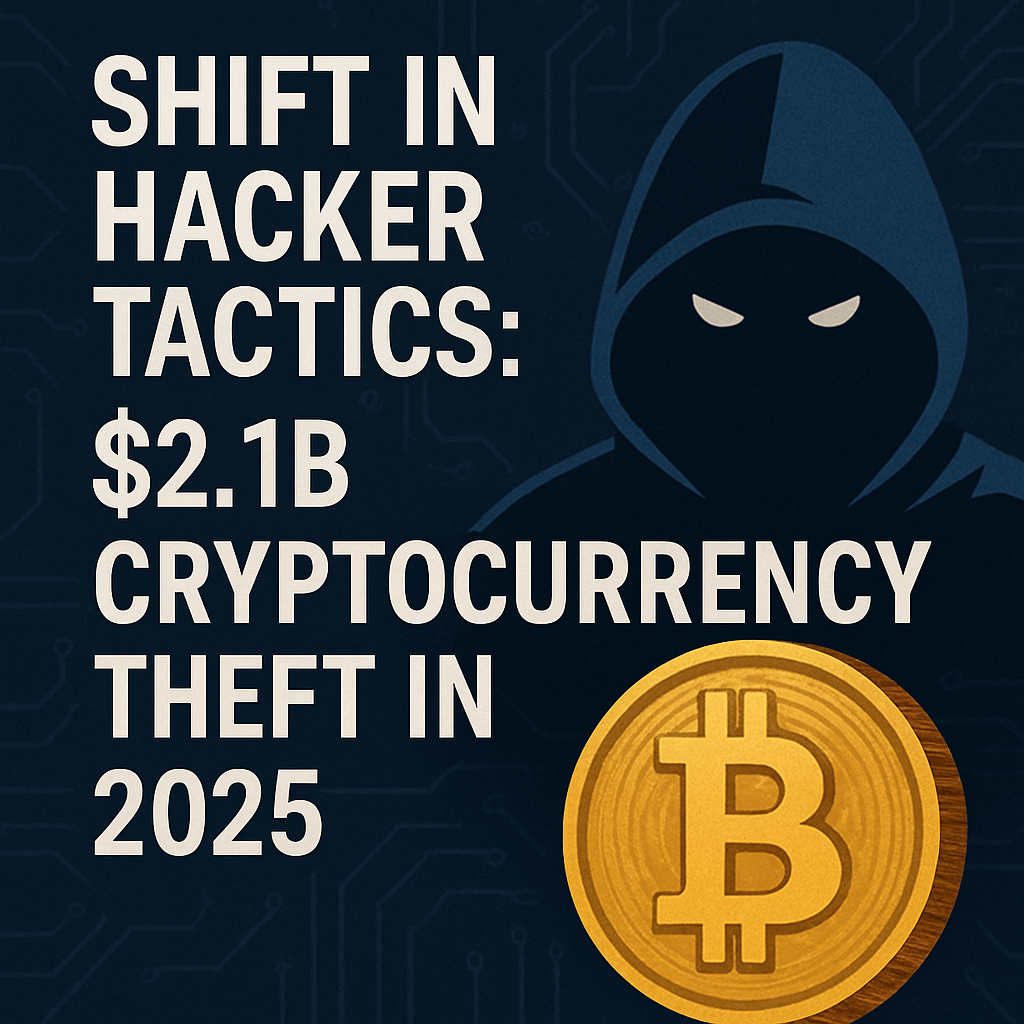Shift in Hacker Tactics: $2.1B Cryptocurrency Theft in 2025


According to the latest findings from the cybersecurity firm CertiK, a staggering $2.1 billion in cryptocurrency was stolen in 2025. This figure marks a significant increase compared to previous years and highlights a critical shift in the tactics employed by hackers. The co-founder of CertiK has pointed out a pivotal trend: hackers are increasingly moving from exploiting vulnerabilities in smart contracts to taking advantage of human behavioral weaknesses, commonly referred to as social engineering attacks.
Understanding the Financial Impact
This unprecedented theft could have long-lasting ramifications on the cryptocurrency market. The $2.1 billion figure is not just a simple statistic; it represents a tangible loss for investors and institutions alike, potentially leading to a decline in market confidence. The implications extend beyond mere figures, as such incidents can result in heightened regulatory scrutiny and the possible introduction of stricter compliance measures across the industry.
Heightened Vulnerability due to Human Factors
The focus on social engineering reflects a broader trend within the cybersecurity landscape, where human error is increasingly identified as a weak point in security protocols. Historically, the majority of hacking attempts pivoted on technological vulnerabilities, particularly within blockchain technology and smart contracts. However, as these technologies become more mature, hackers are capitalizing on psychological vulnerabilities.
Types of Social Engineering Attacks
- Phishing: This remains the most common method, where attackers impersonate reputable sources to obtain sensitive information.
- Pretexting: Here, the attacker creates a fabricated scenario to steal personal information.
- Baiting: Cybercriminals may lure victims with promises of rewards or benefits in exchange for private data.
Technological Measures and Community Response
The growing prevalence of social engineering tactics necessitates a multi-faceted approach to cybersecurity. Organizations are urged to invest in advanced technological solutions such as AI-driven anomaly detection systems that can identify unusual transactions or behaviors, along with robust user education programs aimed at improving awareness of security practices.
Furthermore, the community response to these incidents is critical. Significant discussions are ongoing within blockchain forums and conferences regarding how decentralized protocols can integrate better user education and security measures to minimize risks.
Expert Opinions
Dr. Helen Yi, a leading blockchain security researcher, states, “The paradigm shift towards social engineering is alarming. As systems get more secure, the path of least resistance often lies in manipulating users rather than exploiting code. We must educate our users even more rigorously about these threats to ensure their protection.”
Conclusion: A New Era in Cybersecurity
The $2.1 billion theft in 2025 serves as a wake-up call for the cryptocurrency industry. As hackers evolve their strategies to focus more on user manipulation rather than code vulnerabilities, the need for increased vigilance and proactive security measures cannot be overstated. For investors, awareness and education about these escalating threats are now paramount, emphasizing the need for robust security practices and continuous updates in technology and community engagement.